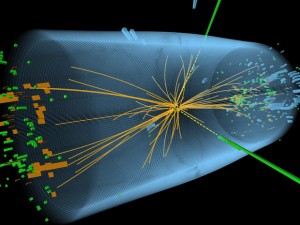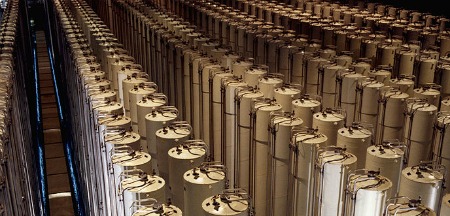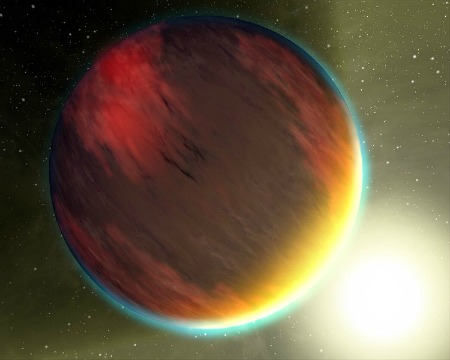Not long ago, a rare form of iron was found in oceanic crust worldwide dating to about 3.5 million years ago. Astronomers at the time noted that would be consistent with a relatively nearby supernova explosion. Now, another groups of scientists have the same substances incorporated into bacteria dating to the same time:
Columbus Dispatch — Dust from supernovae contains a radioactive isotope of iron called Fe-60, which could settle on Earth and be taken up by certain types of bacteria called magnetotactic. These single-cell organisms take up small bits of iron, producing nanometer-size grains of an iron-oxygen compound called magnetite, which they presumably use for navigation.The recent news from the American Physical Society meeting is that Fe-60 was detected in these bacterial fossils using clever technology developed for particle accelerators. Fe-60 does not occur naturally on Earth and is produced almost exclusively in supernova explosions.
These measured amounts of Fe-60 are small, but they are well within the detection limits of modern technology. In fact, two previous measurements by a different group using the same accelerator technology found Fe-60 in other ocean-floor sediments of about the same age — about 2.5 million years ago. The newly reported results are different in that the Fe-60 is now linked to fossils of magnetotactic bacteria.
And what is the most likely candidate for that supernova? The Scorpius–Centaurus Association, which our system drifted by beginning about three millions years ago and which includes, among other massive stars, the mighty Antares. Better known as the ruby red heart of Scorpio.



